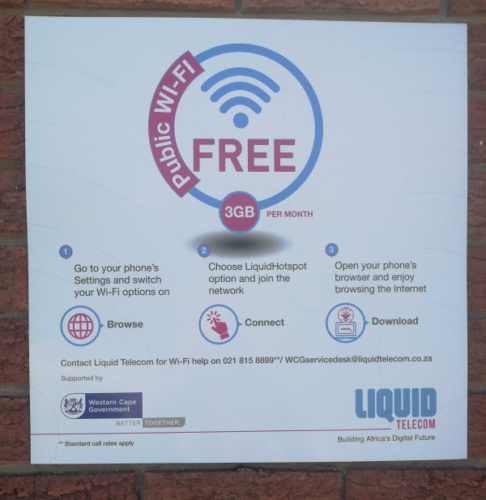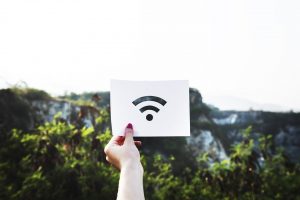Due to the current working-from-home situation we are likely to spend more time either in a teams meeting or on a Zoom call. Those working from home might have experienced a sharp increase in the number of virtual meeting invites since lock down started last year.
We are either bouncing from one meeting to the other or struggling to schedule meetings, trying to establish who’s available and who’s not. This might be a short-term overreaction to the lack of other communication channels and social contact, but it could get in the way of productivity and efficiency.
Productive meetings are ones where you need to share expertise and the topics discussed require synchronous collaboration – where people need to be live at the same time, if not the same place. It is also helpful if you are dealing with conflict or need to build closer relationships.
On the other hand, if there’s no clear outcome, the topics are irrelevant, the outcome could be delivered without a meeting or you have no active role except to listen, then you may want to decline the meeting invitation. Typically, if we look at meeting content 40% of meetings are not necessary at all.
If you accept meeting invitations by default, particularly those without an agenda, you are saying that what the other person wants to talk about is a better use of your time than your own work.
Declining meetings can be a challenge to existing meeting agendas and fixed ways of working, but discuss the necessity of a meeting with your meeting leader. This could open up a discussion in your team about which topics you need to discuss and which are not important. Below is an infographic decision tree which might help you or your colleagues reconsider scheduling a meeting.
Take this opportunity to improve your meetings, save yourself time and improve on working towards a productive environment.

SOURCE: https://www.wrike.com/blog/meeting-infographic-decision-tree/
[ARTICLE BY MANDY WANZA]





 It seems we are never really done with loads-shedding and even though we try our utmost to prepare for the imminent interruptions, there is only so much we can do.
It seems we are never really done with loads-shedding and even though we try our utmost to prepare for the imminent interruptions, there is only so much we can do.